Architect Shares 10 Useful Tips to Design Eco-Friendly Homes Inspired by Nature
Samyuktha S, co-founder of Earth Building, a firm specialising in sustainable architecture and natural construction methods, shares important tips to design eco-friendly homes.
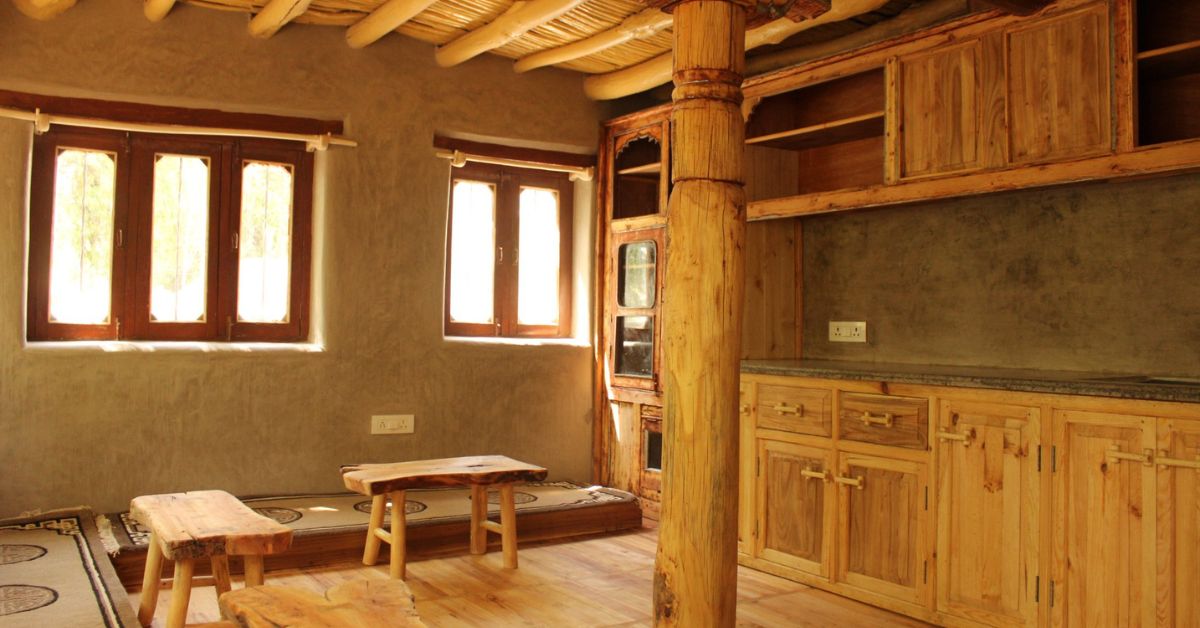
There are several misconceptions about living in eco-friendly or natural houses — that they are vulnerable to erratic weather conditions, not pleasing aesthetically, expensive to maintain, and so on.
But there are many more good reasons to build these houses, with materials and processes that are both resource-efficient and environmentally responsible.
According to Samyuktha S, co-founder of Earth Building, a firm specialising in natural construction methods and functional designs, “If you are planning on building a natural abode, the first thing to do is to get the design right.”
“While there are several construction methods for natural buildings such as cob, adobe, rammed earth, earthbag, wattle, and daub and so on, the basic design principles stay the same for all,” Samyuktha tells The Better India.
She shares 10 tips that you should consider while designing an eco-friendly house:
1. Understand the geography of the area
The first thing to understand before designing a natural house is the geography of the area or the site. You must consider several factors like temperature, humidity, frequency of rainfall, and the land layout.
Though the compressive strength of natural materials like mud is good, the same is not true for when these materials get wet. So it is important to design the house in a way that keeps water away.
In rainfall-intensive areas, there is a possibility of water logging, so the house must be designed to allow the water to run off easily. For example, if it is a low-lying area, one can dig trenches to keep the water away.
2. Plinth and the roof
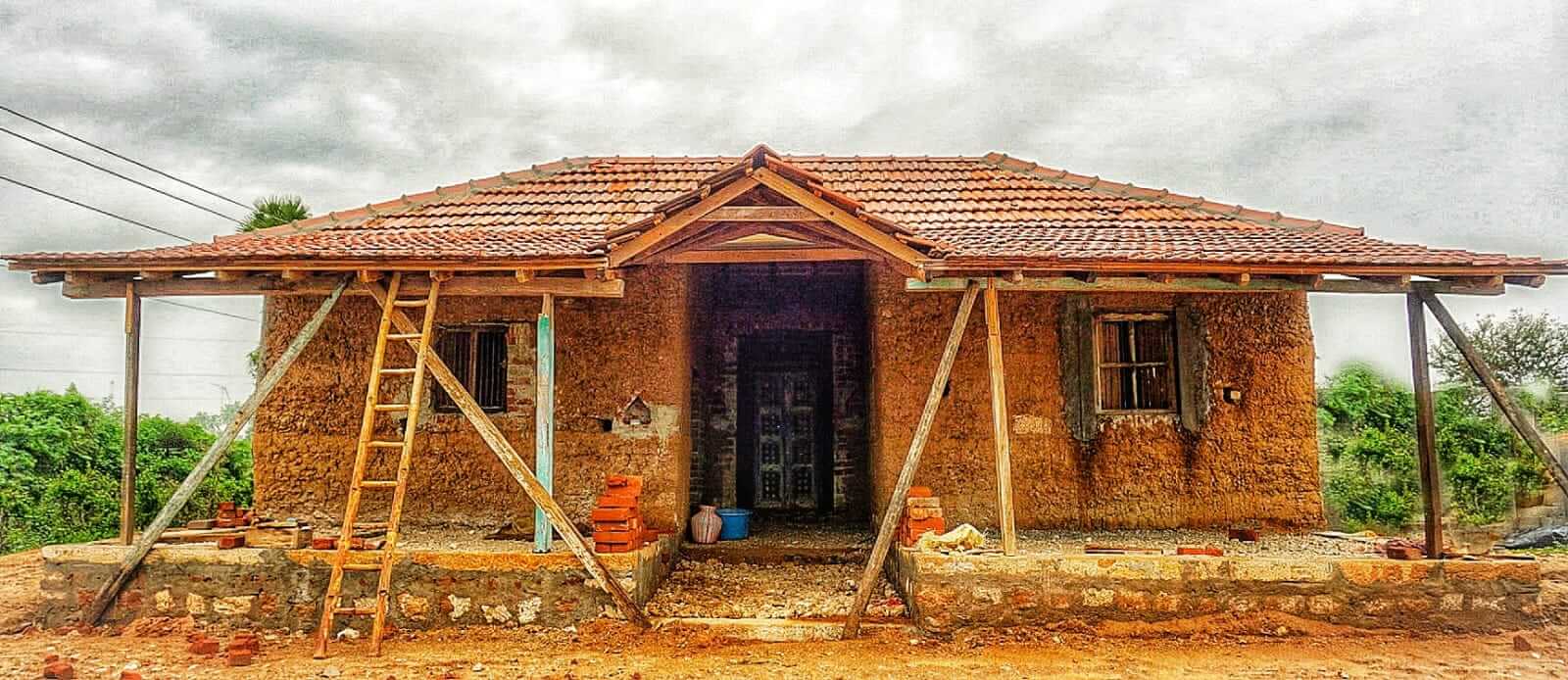
The plinth must be designed according to the climatic conditions of the region. In a rainfall-intensive area, one must build a high plinth to avoid water-logging. Also, it is important to build the plinth using natural materials that won’t be affected by water — preferably, using stones.
Meanwhile, sloping roofs provide a good overhang for walls, protecting them from rains. The slopes must be designed according to the amount of rainfall the region receives. In rainfall-intensive regions, it is advised to keep the slopes steep enough so that water runs off efficiently.
3. Mud and fibre for stronger walls
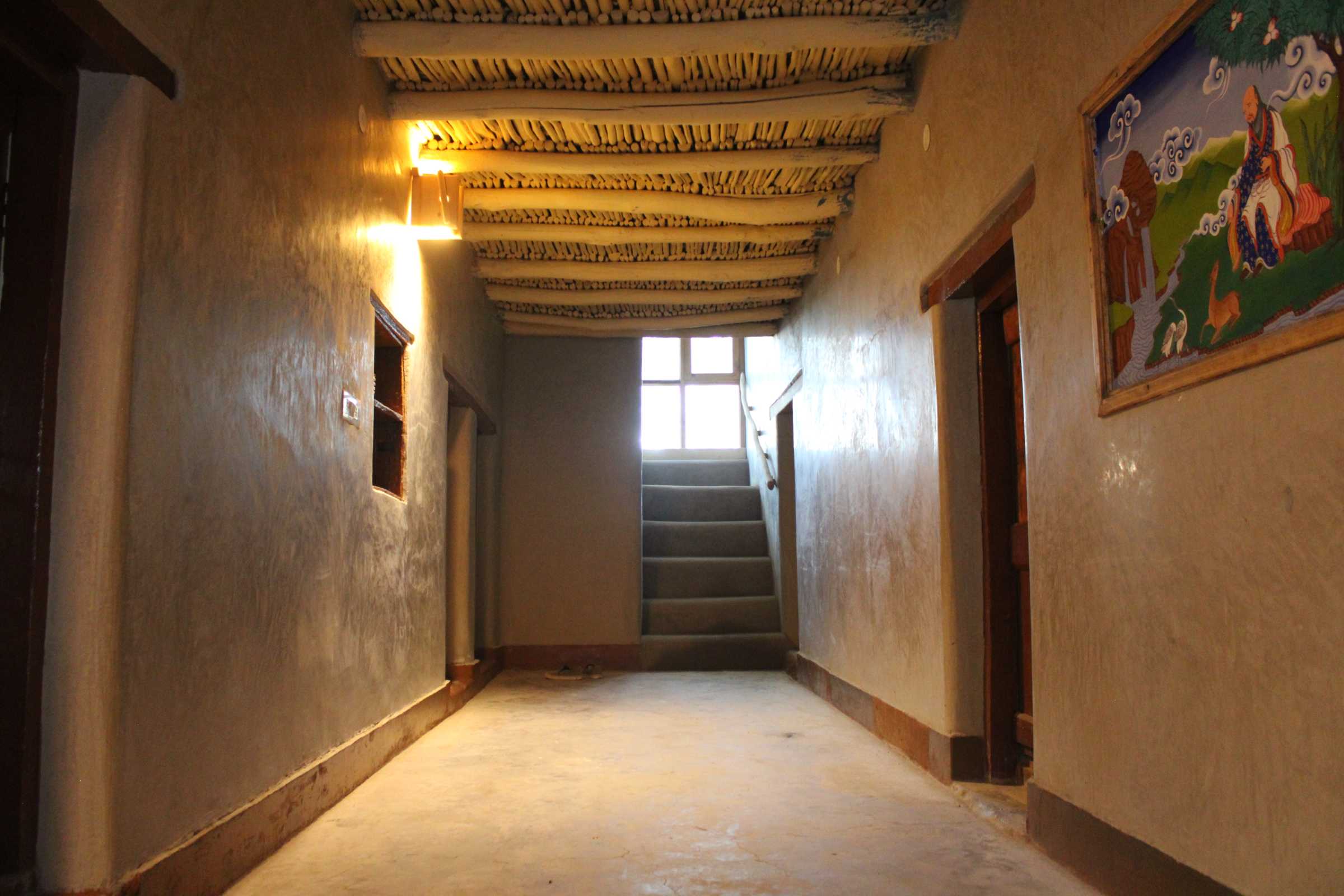
While building a mud house, it is important to mix the mud with fibre in a suggested ratio to increase the bonding strength of the mud walls. The fibre also contributes to insulation.
According to Samyuktha, “The fibre content should not be more than 10 per cent, as it can affect the compressive strength of the mud.”
4. Preventing termites
As termites attack wood elements in a house, it is important to make sure that the mud and wood don’t come in direct contact. Therefore, Samyukta suggests either using a lime mortar between the wood and the mud, or separating their contact by using stones in between.
5. Breathable floors
Another important thing to keep in mind is to have breathable natural floors.
There are a wide range of natural floors made of mud, terracotta, lime, etc, with several variations. These floors are softer on the feet when compared to ceramic tiles or marble, and provide thermal comfort by cutting out extreme temperatures.
7. Cross ventilation
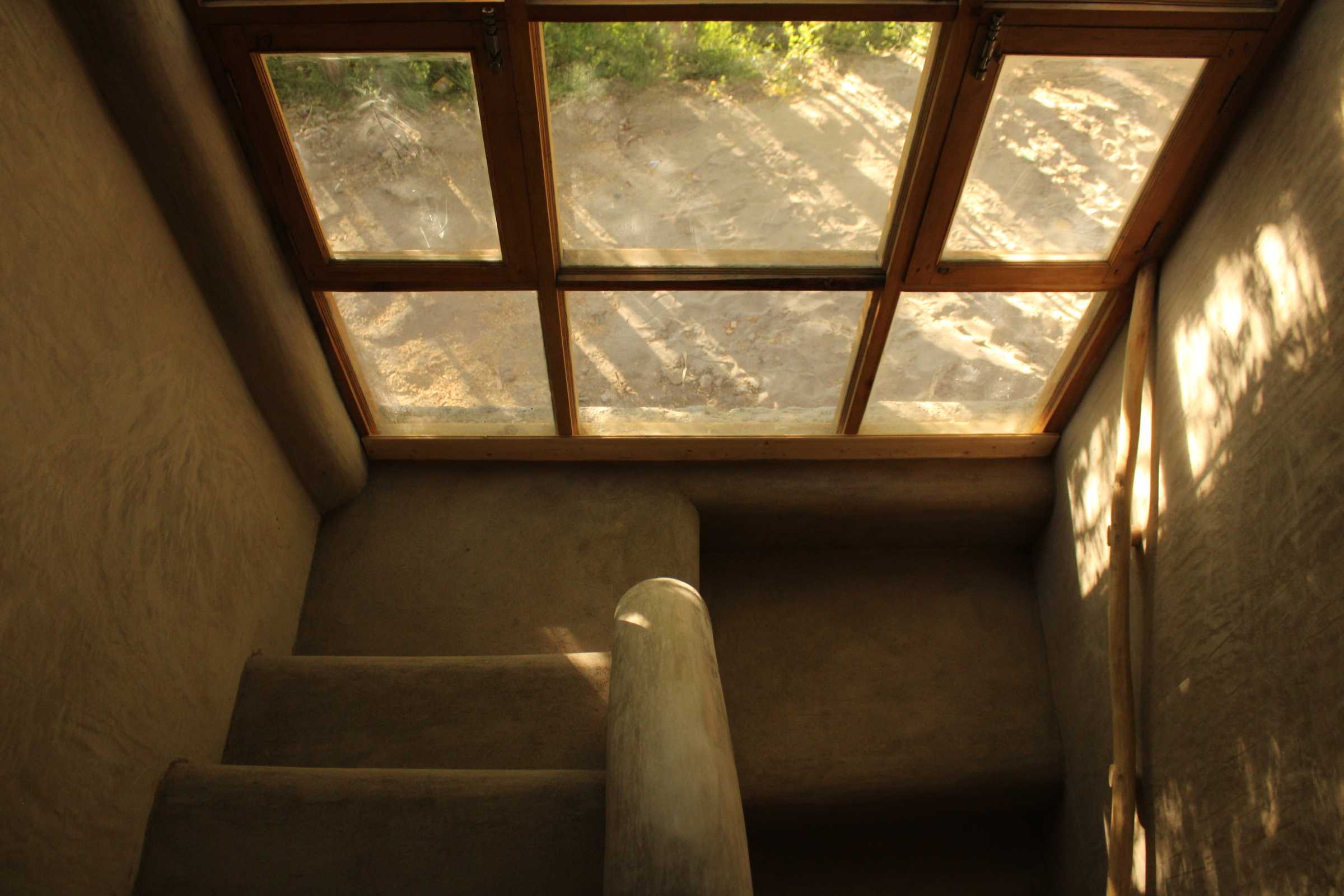
It is important to have large openings or windows in the direction of the wind, to make sure that the air flows in and out of the house easily. This also helps improve the thermal comfort of the house.
It’s also advisable to make openings in the roof to let the hot air out of the house.
8. A strong foundation
Natural houses are mostly built on load-bearing foundations using stones.
“Dry rubble is one of the best natural materials for building foundations, as it is strong and prevents water from reaching the building walls,” says Samyuktha.
9. Water-resistant plastering
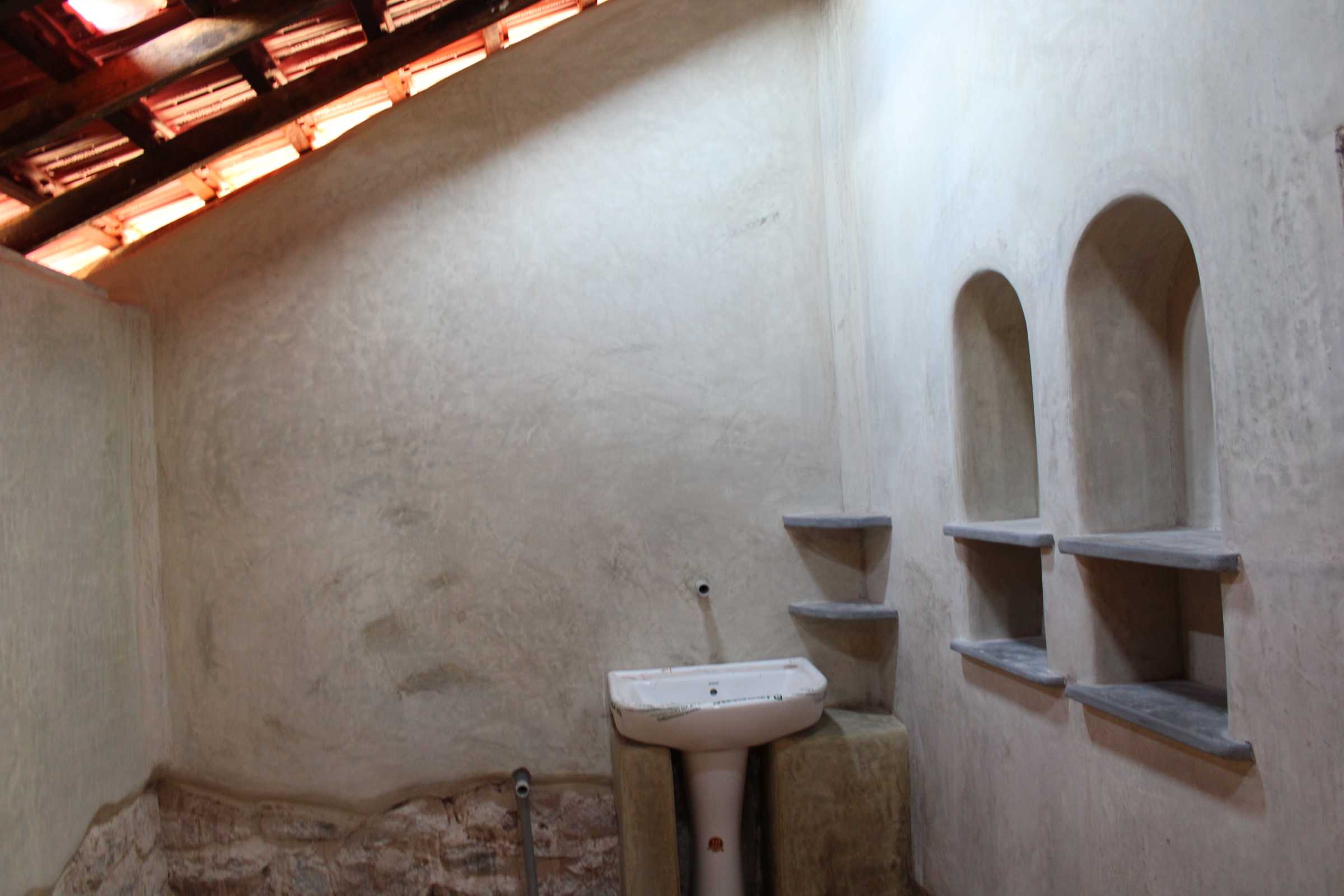
Kitchens and bathrooms are most at risk for being affected by moisture. When it comes to a natural house, it is essential to make sure that these areas are water resistant. For this, specialised water-resistant lime plasters can do the job well. The same holds true for the exteriors of the house.
9. Insulating the roof
To make the house more thermally comfortable, roofs can be designed for better insulation, as heat transfer majorly happens through the roof area.
For good insulation, one can use wooden planks, double tiles (clay tiles), and build a wooden attic.
10. In-built furniture
In-built furniture not only provides a simple and minimalistic look, but also makes the house more spacious, says Samyukhta.
(Edited by Divya Sethu)
If you found our stories insightful, informative, or even just enjoyable, we invite you to consider making a voluntary payment to support the work we do at The Better India. Your contribution helps us continue producing quality content that educates, inspires, and drives positive change.
Choose one of the payment options below for your contribution-
By paying for the stories you value, you directly contribute to sustaining our efforts focused on making a difference in the world. Together, let’s ensure that impactful stories continue to be told and shared, enriching lives and communities alike.
Thank you for your support. Here are some frequently asked questions you might find helpful to know why you are contributing?


This story made me
-
97
-
121
-
89
-
167











